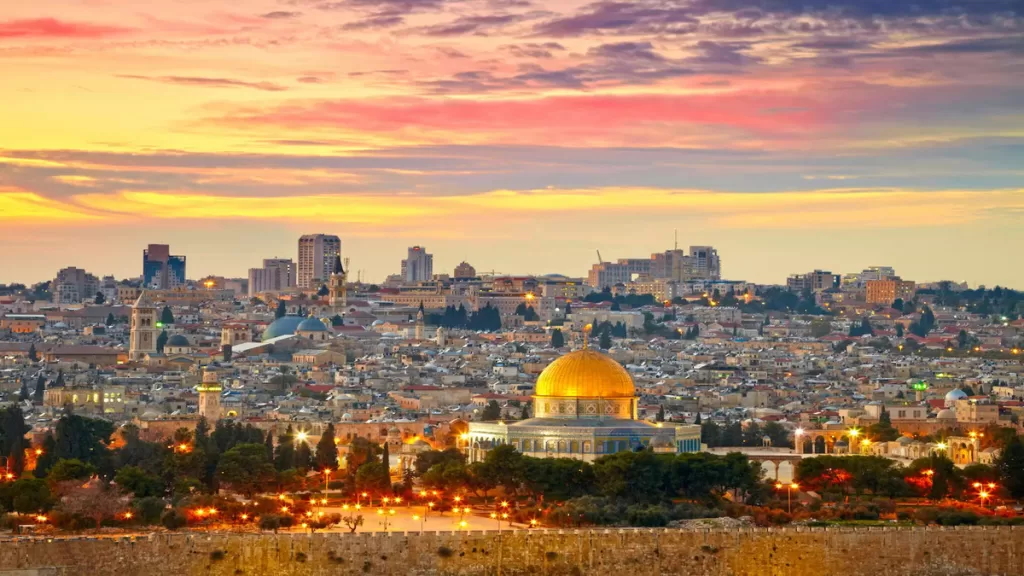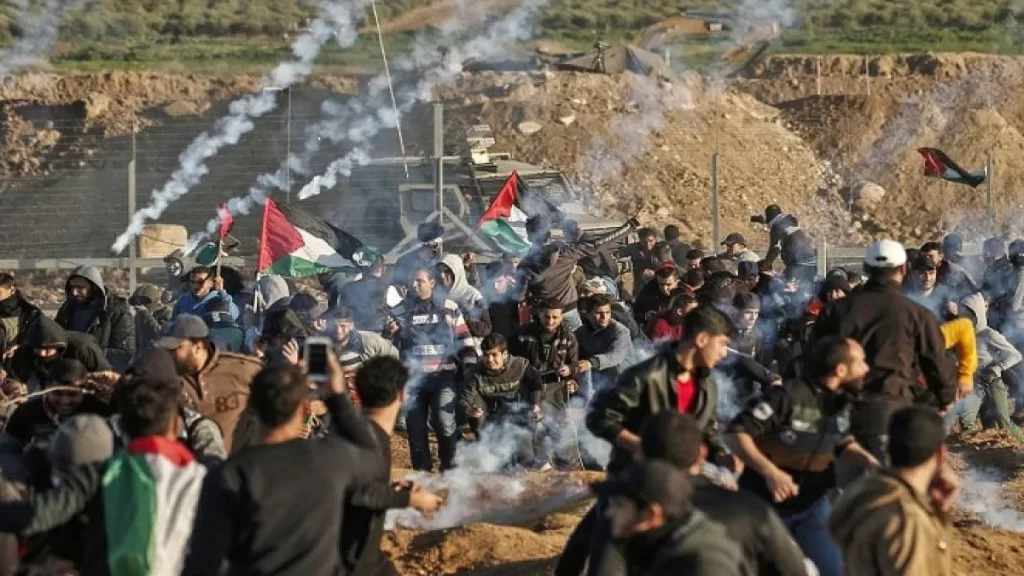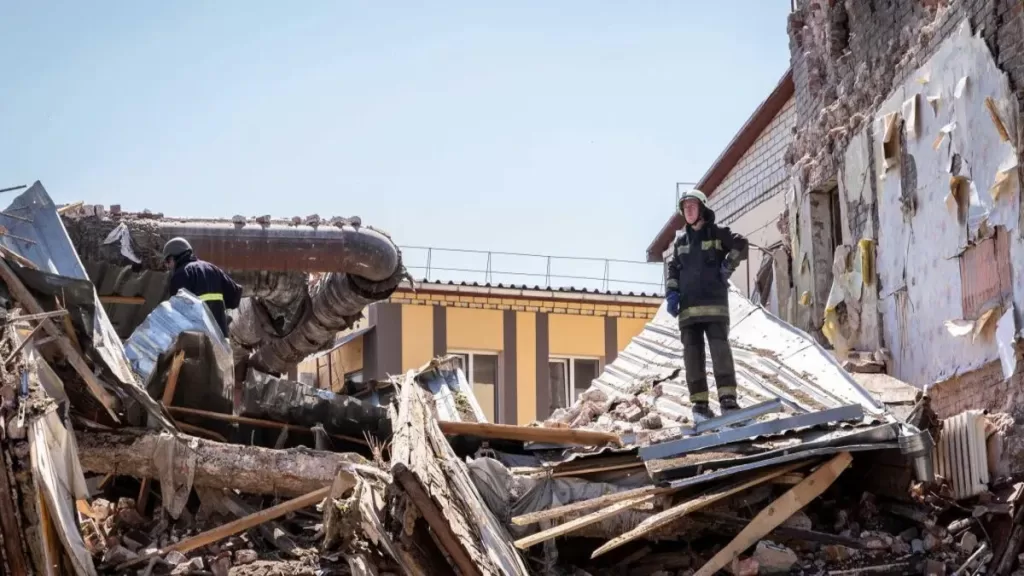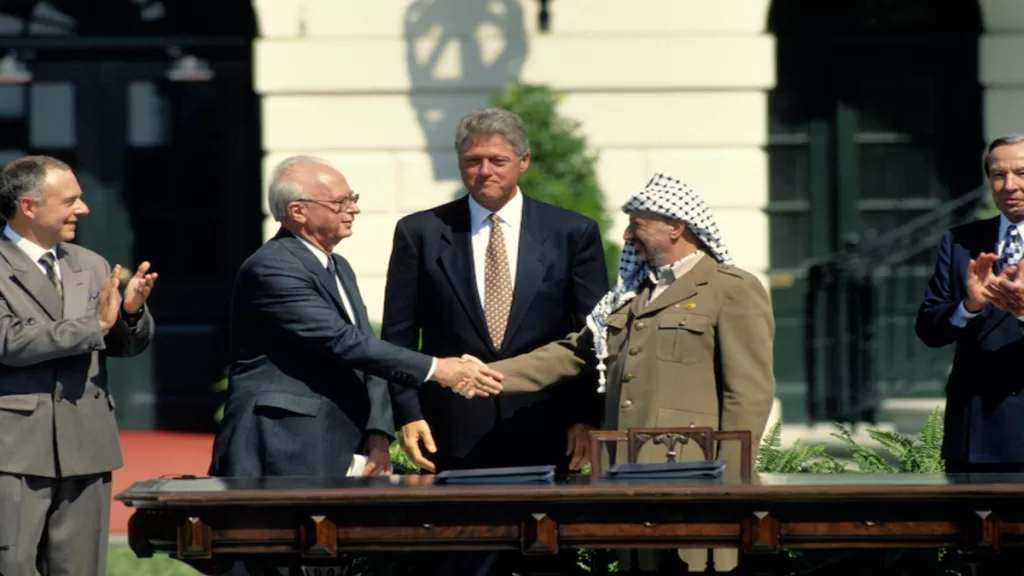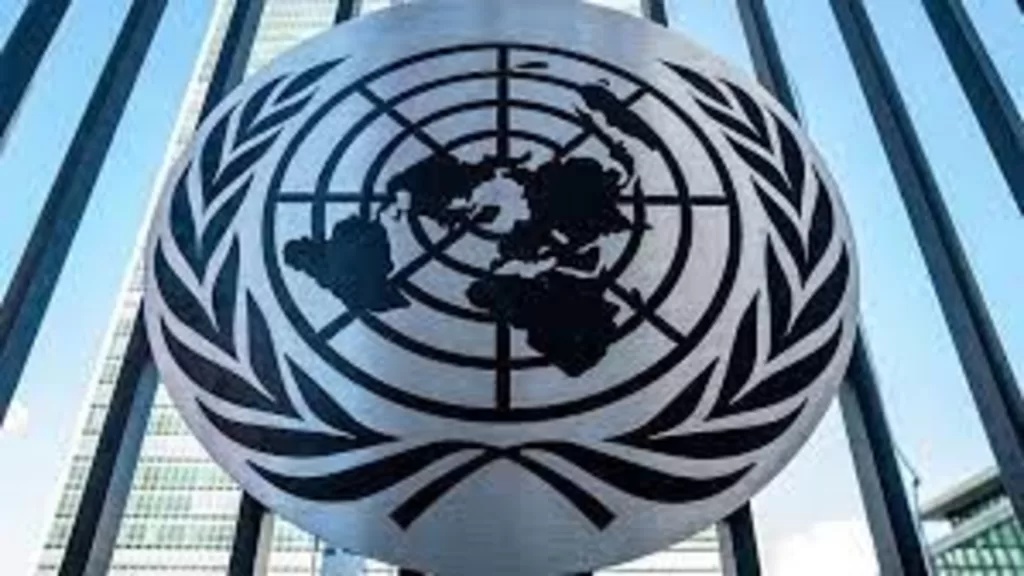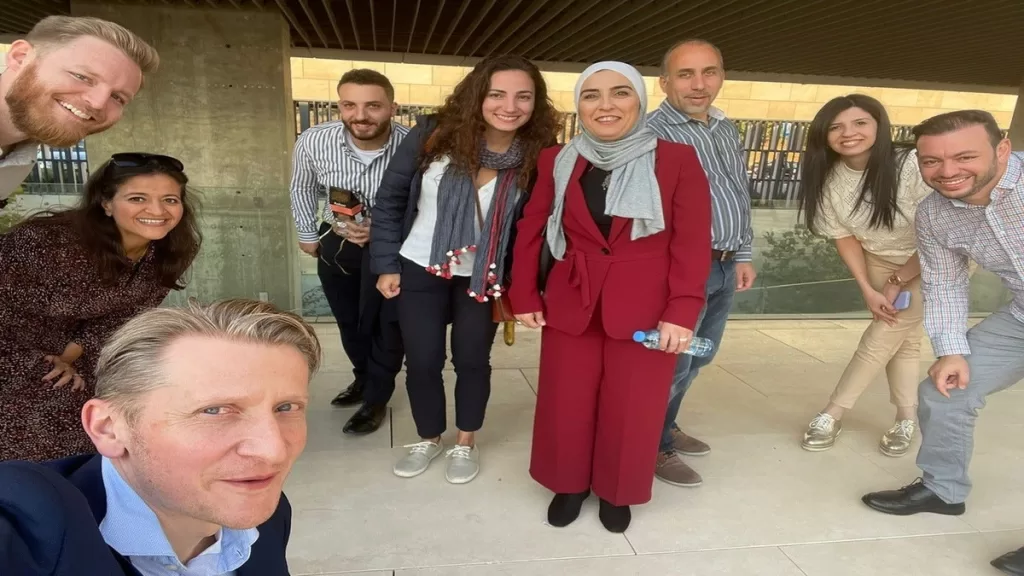Dove With Olive Branch: Time in Israel: A Time to Change
Introduction
In the heart of the Middle East, Israel is a nation defined by its rich history, diverse culture, and, unfortunately, ongoing conflicts. One of the most pressing issues in this region is the relentless conflict with Hamas. While discussing this matter is essential, can we approach the topic differently? Can we write about “Time in Israel: A Time to Change” and delve deep into the present conflict with Hamas while offering possible solutions? Let’s explore this complex issue from fresh perspectives, seeking answers and providing insight into the path forward.
The Historical Context
Understanding the Roots of Conflict
To truly comprehend the ongoing strife between Israel and Hamas, we must first delve into the historical context. The roots of this conflict run deep, with origins dating back to the mid-20th century. The establishment of the state of Israel in 1948 and the subsequent displacement of Palestinian Arabs set the stage for decades of tension.
The Role of Hamas
Hamas, founded in 1987, emerged as a prominent player in Palestinian politics and resistance. While some view it as a legitimate resistance movement, others label it a terrorist organization. This duality in perception fuels the ongoing conflict.
The Present Situation
Glimpse into the Present Conflict:
The violence began when Hamas, the Palestinian group, threatened to kill hostages taken when they breached the border during Israel’s total siege on the Gaza Strip, which also included a cutoff of water supply. The armed wing of Hamas warned that any Israeli attacks on their people would result in the execution of one civilian hostage, further claiming that Israel airstrikes had already killed four of their citizens held as hostages. Israel responded by mobilizing a significant number of troops. The recent violence was further ignited by disputes over occupation and events at the Al-Aqsa holy site in Jerusalem.
Prime Minister Benjamin Netanyahu emphasized Israel’s commitment to ending the conflict, branding Hamas as a grave threat. This siege order has raised concerns about a dire humanitarian situation in Gaza, with UN Secretary-General Antonio Guterres calling for military operations to adhere to international humanitarian law.
In recent years, Israel and Hamas have engaged in a series of violent clashes, resulting in significant civilian casualties on both sides. The world watches with bated breath as rockets are fired and airstrikes pummel Gaza. The situation is dire, and the international community grapples with its implications.
Human Suffering and Global Concerns
The death toll on both sides has been significant, with over 1,500 casualties, including 800 in Israel. The US confirmed 11 American deaths in the conflict, expressing concerns about additional American hostages. Israel’s intention to reduce Hamas sites to rubble and impose a complete siege on Gaza has heightened these concerns.
The consequences of the conflict are devastating, with innocent civilians bearing the brunt of the violence. These events have raised questions about the ethics of war, humanitarian intervention, and the role of international organizations in mediating the crisis.
Possible Solutions
Dialogue and Diplomacy
One potential solution to the ongoing conflict is diplomatic engagement. It’s crucial for both parties to come to the table and engage in dialogue. Mediation by neutral parties could pave the way for a ceasefire and, eventually, a lasting peace agreement. The international community can play a pivotal role in facilitating dialogue and negotiations. Organizations like the United Nations should leverage their influence and resources to mediate and bridge the divide between Israel and Hamas.
Addressing Root Causes
To achieve a lasting resolution, it’s essential to address the root causes of the conflict. This includes addressing issues like territorial disputes, access to resources, and the rights of Palestinian refugees. Solving these underlying problems is crucial for achieving sustainable peace.
Economic Development
Investing in the economic development of the Palestinian territories can also be a step towards a solution. By improving living conditions and providing economic opportunities, there may be a decrease in the appeal of extremist ideologies.
Conclusion
As we contemplate “Time in Israel: A Time to Change,” it becomes evident that the conflict with Hamas is a complex issue with no easy answers. However, by understanding the historical context, acknowledging the present suffering, and exploring possible solutions, we take the first step towards a better future. It’s time to ask ourselves: Can we, as a global community, contribute to change in Israel? The answer is yes, but it will require commitment, cooperation, and a collective desire for peace. In the end, the fate of Israel and the resolution of its conflicts lie not just in the hands of its citizens but in the hearts of all who yearn for a more peaceful world.
#TimeinIsrael #IsraelPalestineConflict #GazaSiege #HamasThreat #HumanitarianCrisis #InternationalPeaceEfforts

